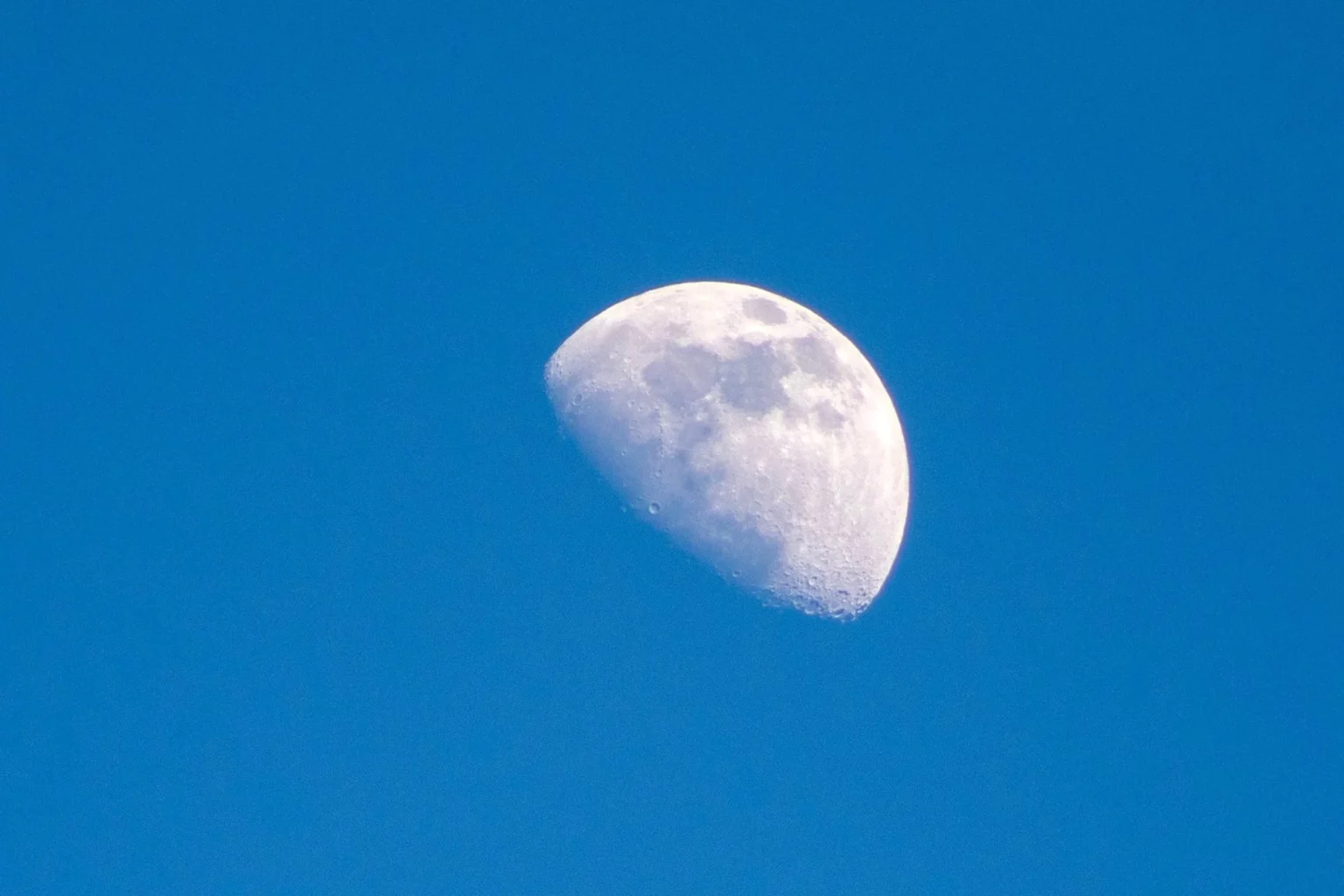When we conjure images of the Moon, we often recall Neil Armstrong’s historic moonwalk, the enigma of its nighttime glow, and the occasional surprise of its daytime appearance. While commonly associated with the tranquility of the night, the Moon, in fact, does not restrict its visibility to the nocturnal canvas. This celestial body’s presence during the day constitutes a regular and intriguing phenomenon, transcending the conventional boundaries of lunar perception.
The Moon’s significance extends far beyond its role as a nocturnal light source. Its celestial dance with the Earth and the Sun triggers phenomena like solar eclipses, showcasing the intricate interplay of celestial bodies in our cosmic neighborhood.
Unlike stars and planets, the Moon is consistently present in the sky, although its luminosity often escapes notice due to the overwhelming brightness of daylight, akin to the brilliance of the Sun. However, the Moon doesn’t fade into cosmic obscurity with the dawn; it merely recedes into the background of the solar system.
Devoid of its own luminosity, the Moon relies on the Sun’s radiance to cast its glow onto Earth. Orbiting our planet, it gracefully transitions through four distinct phases, with its waxing and waning stages bringing it in closer proximity to Earth, outshining even the brilliance of the daytime sky.
Renowned planetary geologist and NASA scientist Sarah Noble provides valuable insights, highlighting that the Moon spends “almost as much time in the daytime sky as the night.” In a NASA video shared on YouTube, Noble delves into the factors influencing the Moon’s daytime visibility, including its proximity to Earth, its current phase, and its orbital trajectory.
While weather conditions and cloud cover can impact lunar visibility, the Moon possesses the potential to illuminate the daytime sky when situated correctly. Noble explains, “During a full Moon, the Moon is opposite the Sun in the sky. That is why we can see the full face of the Moon reflecting sunlight.”
As the Earth rotates, the Moon’s appearance undergoes a fascinating celestial ballet. During the days preceding a full Moon, observers can spot the almost complete lunar disc rising in the eastern sky before sunset. Conversely, in the days following a full Moon, the Moon can be sighted setting in the western sky after sunrise.
The Moon’s propensity to reveal itself during daylight hours adds a captivating dimension to our celestial observations. Understanding the factors influencing its visibility not only enhances our appreciation for the celestial dance but also underscores the Moon’s continuous presence, whether bathed in the soft glow of night or subtly gracing the daytime sky.




